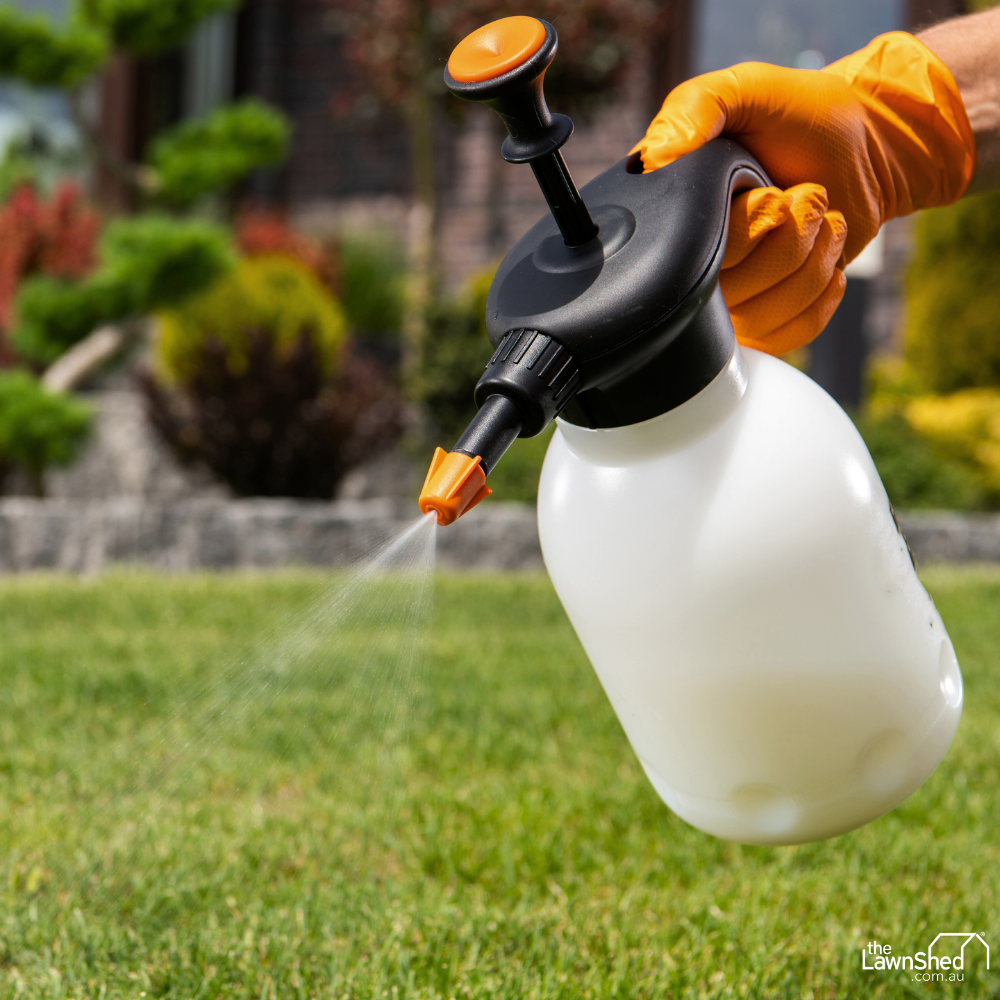Gardening can create a lush outdoor space perfect for fun and entertaining, but it can require the use of chemicals like fertilisers, herbicides, and pesticides. While these products are effective, their misuse can pose risks to health and the environment. In this guide, we’ll explore the safe use of garden chemicals and fertilizers. Always remember to P.L.A.N.T.: Prepare, Learn, Apply, Neutralise, and Track.
Prepare, Learn, Apply, Neutralise, and Track (P.L.A.N.T.)
To ensure the safe use of garden chemicals, follow the P.L.A.N.T. method:
Prepare:
Ensure the lawn is ready for application and any pets and children are removed from the area
Learn:
Read and understand the label instructions.
Apply:
Use the product correctly and safely.
Neutralise:
Clean your equipment and store products safely to minimise risks.
Track:
Monitor the effects and keep records.
Prepare
Preparation is key to safely using garden chemicals:
- Check the weather: Ensuring that weather patterns are suitable for the application youa re looking to make.
- Clear the area: Ensure children and pets are removed from the area and secured safely so they cannot enter the area until it is appropriate. Be sure to communicate this with other house members.
Learn
Understanding the product is crucial for safe and effective use:
- Read Labels: Labels provide essential information about application rates, timing, and safety precautions.
- Understand Instructions: Know how to properly mix and apply the product. If you’re unsure, contact us.
- Safety Information: Identify and wear the correct personal protective equipment (PPE). Familiarise yourself with first aid measures and environmental warnings.
Apply
As well as it being important for your safety, correct application is a big part of getting great results:
- Measure Accurately: Use precise measurements rather than free pouring to avoid over-application.
- Even Distribution: Apply the product evenly to prevent hotspots and ensure consistent results.
- Avoid Windy Days: Apply chemicals when the weather is calm to prevent drift that can harm other plants or areas.
- Work away: When applying work away from a straight edge and try to work backwards, this reduces the risk associated with walking through your spray application.
Neutralise
Neutralising risks after application involves cleaning your equipment and storing products safely:
- Clean Equipment: Thoroughly clean sprayers, spreaders, and other tools after use to prevent contamination and accidental exposure as well as prolonging the life of the equipment. Do not allow washing water to enter drains or waterways.
- Safe Storage: Return chemicals to their designated storage area immediately after use. Ensure that lids are tightly sealed and labels remain intact.
- Handle Spills Immediately: If any spills occur, clean them up promptly using absorbent materials like sand or kitty litter.
Track
Monitoring your garden helps in identifying the effectiveness and any adverse effects:
- Observe Plants: Watch for any signs of improvement or damage after application.
- Monitor Pests and Weeds: Check if the treatment is effectively controlling the target pests or weeds.
- Keep Records: Maintain a log of chemical use, including dates, amounts, and observed results. This helps in future planning and troubleshooting if things don’t go to plan.
Using garden chemicals and fertilisers safely is vital for a thriving garden, the well-being of your family, and the health of our planet. By following the P.L.A.N.T. method—Prepare, Learn, Apply, Neutralise, and Track—you can ensure you’re using these products responsibly and effectively. Happy gardening, and always prioritise safety!

